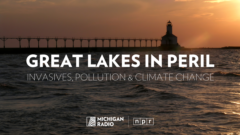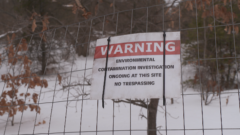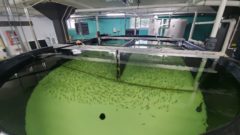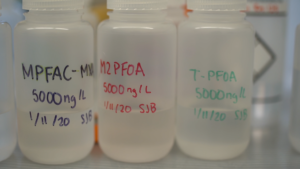Severe Thunderstorm Watch issued August 10 at 3:45PM CDT until August 10 at 10:00PM CDT by NWS
Current Watches, Warnings and Advisories for Brown (WIC009) Wisconsin Issued by the National Weather Service
https://alerts.weather.gov/cap/wwacapget.php?x=WI1261B229B154.SevereThunderstormWatch.1261B23649F0WI.WNSWOU0.a1d257af2d134517a00ed0658813d3cb





